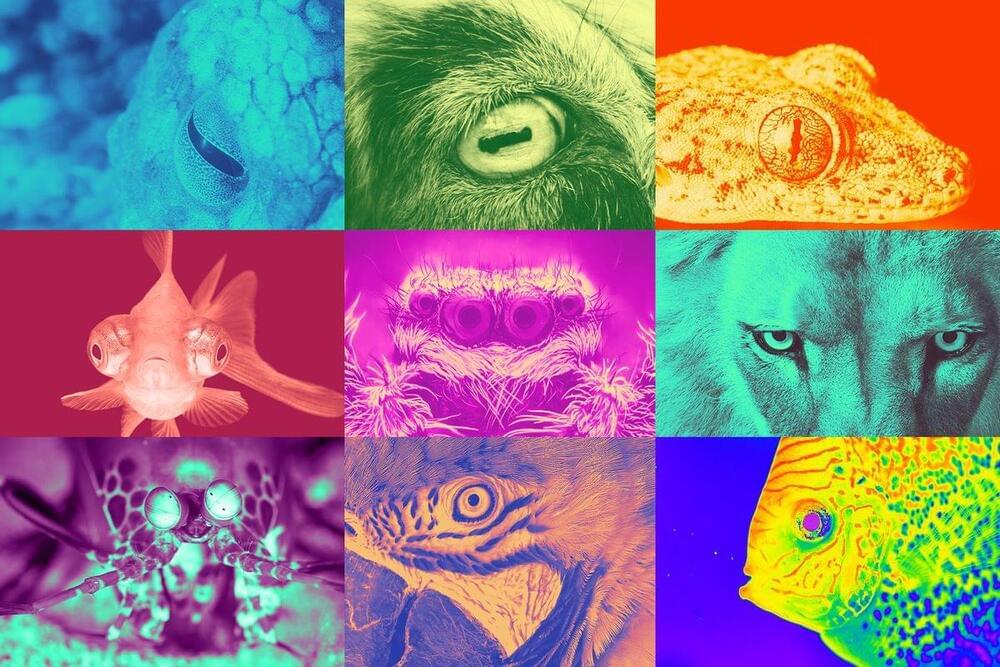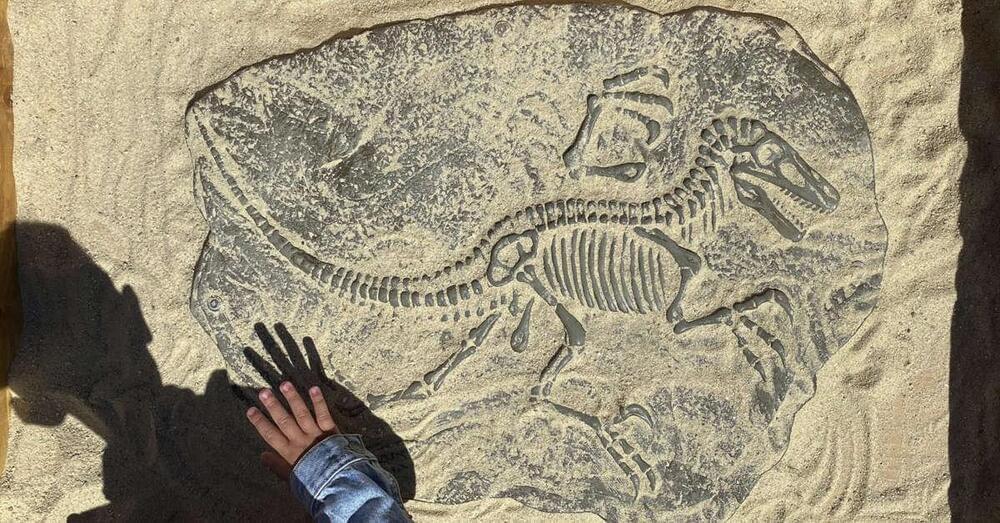A lightning bolt that struck a tree on Florida’s west coast has produced a fascinating type of phosphorus material we haven’t seen on Earth before: one that could represent a whole new mineral group, bridging the gap between space minerals and minerals found on Earth.
The material, which is a close match for calcium phosphite (CaHPO3), was found trapped inside a fulgurite – a “metal glob” formed by the reaction of the ultra-hot lightning bolt with the sand around the roots of its target.
These ‘fossilized lightning’ fulgurites often occur when lightning strikes certain types of sand, silica, and rock. What’s much less common is to find something so unique hidden inside one of these structures.







